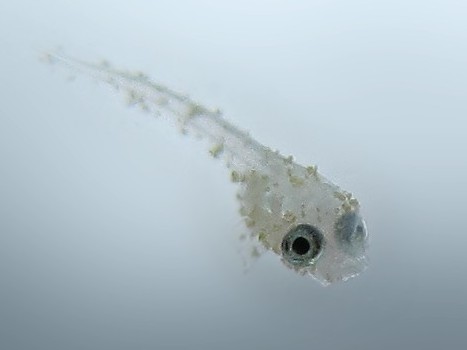It is a fact of life that betta fish sometimes get sick. You can prevent most betta diseases from manifesting by keeping the aquarium clean and feeding your fish a proper diet. However, the day may come when your fish just doesn’t act like itself and you suspect it might be sick. Learn about some of the most common betta fish diseases and how they are treated.
Although there are many diseases related to betta fish, the following conditions are those that the owner of one of these fish will probably have to deal with.
Common Betta Fish Diseases
Flap Rips
Fin rot is a bacterial infection of the fins that practically corrodes them. It is usually caused by poor water conditions that stress fish and decrease the ability of their immune systems to fight disease. If left untreated, the infection will make its way into the betta’s body and eventually kill it.
Treatment consists of a complete water change and tetracycline medication for fish for initial bacterial infection and antifungal medication to prevent secondary opportunistic infection.
Constipation
Constipation is the result of overfeeding your betta. Signs of constipation include poor appetite, bloated abdomen, and no stool at the bottom of the tank.
 Betta Half Moon by Lerdsuwa
Betta Half Moon by Lerdsuwa
Treatment often involves fasting the betta for a day or two. Another remedy is to feed the fish a single frozen pea (previously thawed and without the skin). Cut it into pieces that your fish can eat. Fiber helps move the lock. Remove any leftover peas that have not been eaten after 20 minutes.
Ick
Ick is a parasitic infection of betta fish, and these organisms are almost always present and waiting for the opportunity to cling to a host. The first sign is the appearance of white spots on the scales that look like small cotton balls. These are actually cysts that harbor the immature stage of the parasites, known as tomites. The fish will also rub against any surface in the tank trying to remove the parasites.
Ick can only be treated by medicating the water. You’ll need to remove the carbon filter, add an Ick treatment (such as malachite green) to the water, and raise the temperature of the tank to 85 ° F / 29.5 ° C. This encourages the cysts to detach and burst. This, in turn, releases the tomites, and then the medication in the water removes them.
Velvet
This is another parasitic infection. An affected betta will have a gray to a gold coating on its body. Sometimes this layer is not easy to see, but the velvet must be clearly seen under good lighting.
The treatment for velvet is basically the same as for Ick.
 Betta Fry by ZooFari
Betta Fry by ZooFari
Yeast infections
Yeast infections can take hold any time the betta slime layer is damaged. An affected fish looks like it has cotton attached to its body.
The treatment consists of adding a fungicide to the tank. You may also need to treat your fish with methylene blue or gentian violet.
Swim bladder disease
Swim bladder disease affects your betta’s ability to swim normally. You may notice that you have trouble keeping your balance and swim on your side, face down, or you may have difficulty swimming towards the top or bottom of the tank. The problem is usually due to a bacterial infection often caused by poor water quality, but injuries sustained during transportation, breeding, or fighting can also cause this condition.
The treatment consists of moving the affected betta to a shallow tank where the water line is only a few centimeters above its upper fin. Treat the water with an antibiotic and make daily water changes until the fish recover.
Betta Fish Treatments
You can improve your pet’s chances of recovery by following these tips.
 Betta Fish above rocks by Matthew
Betta Fish above rocks by Matthew
Choose the appropriate medication to treat the disease
Your local aquarium store will carry medications for a wide variety of diseases, so ask for help choosing the correct solution. The true fans in these stores are happy to help you discover what disease your fish has and recommend the correct medicine.
Follow the directions on the Medication Labels
Follow the directions on the medicine label to the letter. Don’t guess the recommended doses; medications specifically say how much to use per gallon or per tank size. You may need to reduce the dose to the appropriate amount for a smaller tank. Be aware that some medications will kill a fish if not administered correctly.
Finish the treatment.
Continue treatment as recommended. The biggest mistake most people make is stopping the drug once betta’s health begins to improve. This often allows the disease to come back, and then when treatment is resumed the fish may become resistant to the drug.
Prevention of betta disease
The most important advice of all involves care and prevention. A betta will probably never suffer from one of these diseases if the tank is kept clean. So make those routine water changes, change your tank filter as recommended by the manufacturer, and really take the time to observe your fish and spot any signs of disease as soon as possible. Treatments are always more successful when you detect the problem immediately.

![betta-3495002__340[1] Betta](https://i0.wp.com/bettabetta.com/wp-content/uploads/2020/06/betta-3495002__3401.jpg?resize=542%2C340&ssl=1)